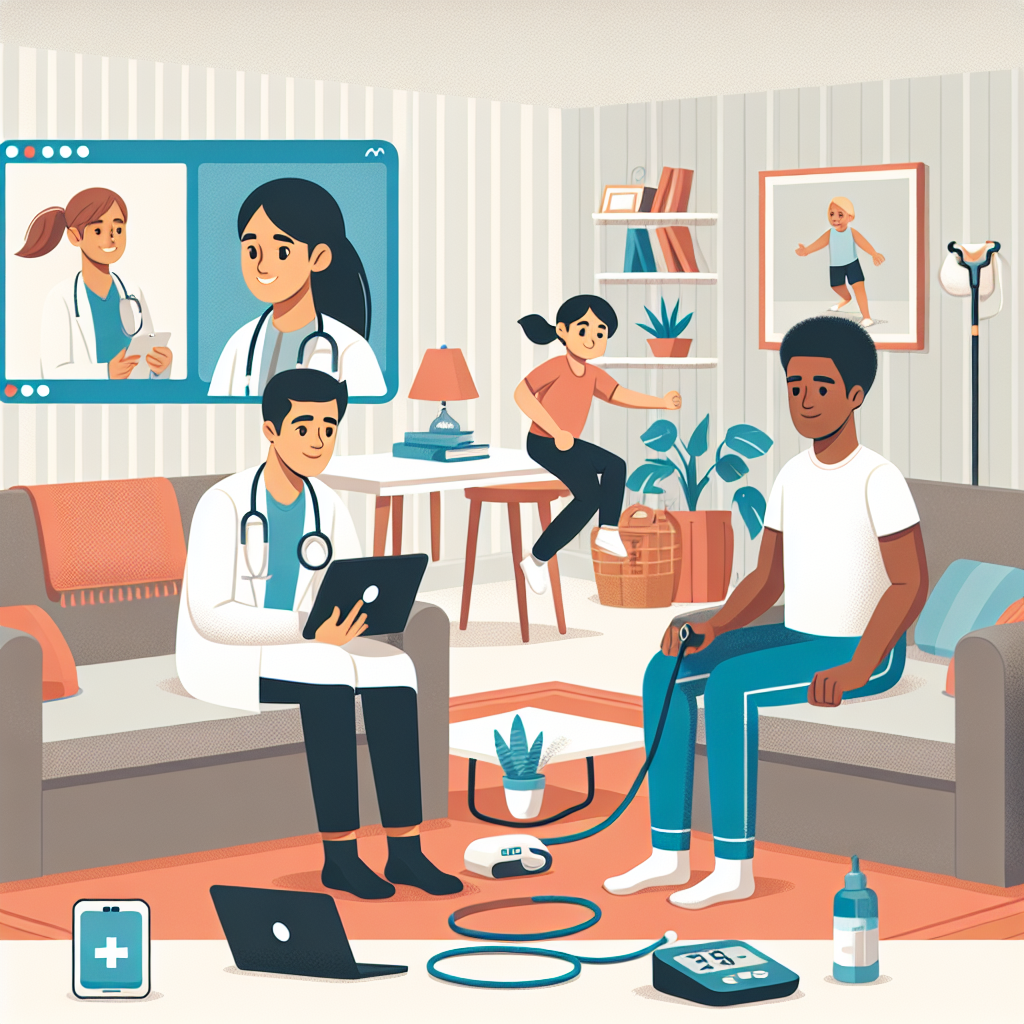The Benefits of Telemedicine: Access Healthcare from Home
The Evolution of Telemedicine
Telemedicine has rapidly evolved over the past decade, driven by technological advancements and a growing need for convenient healthcare solutions. Initially, it started as a means to connect patients in remote areas with specialists, but today, it has become a mainstream healthcare delivery method.
Increased Accessibility
One of the most significant benefits of telemedicine is increased accessibility to healthcare services. Patients no longer need to travel long distances or wait weeks for an appointment. With just a few clicks, they can connect with healthcare providers from the comfort of their homes.
- Remote Areas: Telemedicine bridges the gap between rural and urban healthcare services.
- Disabled Individuals: It offers an accessible option for those with mobility issues.
- Busy Schedules: Patients can schedule appointments without disrupting their daily routines.
Cost Savings
Telemedicine can lead to substantial cost savings for both patients and healthcare providers. By reducing the need for in-person visits, it eliminates travel expenses and lowers overhead costs for medical facilities.
- Lower Transportation Costs: No need for fuel or public transportation expenses.
- Reduced Overhead: Healthcare providers can save on administrative and operational costs.
- Affordable Consultations: Virtual visits tend to be less expensive than physical ones.
Enhanced Patient Engagement
Telemedicine fosters better patient engagement by making it easier for individuals to take charge of their health. With telemedicine platforms, patients have access to educational resources, virtual support groups, and regular follow-ups.
- Convenient Follow-Ups: Patients can quickly schedule follow-up appointments without long waits.
- Access to Resources: Online portals provide valuable health information and support.
- Improved Communication: Direct communication with healthcare providers enhances patient satisfaction.
Advanced Technology Integration
Modern telemedicine employs advanced technologies like AI, IoT, and data analytics to deliver high-quality care. These technologies facilitate accurate diagnoses, personalized treatment plans, and real-time health monitoring.
- AI Diagnostics: Artificial intelligence assists in analyzing patient data for better outcomes.
- IoT Devices: Wearable devices monitor vital signs and transmit data to healthcare providers.
- Data Analytics: Big data helps in predicting health trends and managing chronic conditions.
Challenges and Future Prospects
While telemedicine offers numerous benefits, it also faces challenges like data privacy concerns and the need for robust internet connectivity. However, ongoing improvements in technology and regulatory frameworks are poised to address these issues.
The future of telemedicine looks promising, with continuous innovations making healthcare more efficient, accessible, and patient-friendly. As technology evolves, it will further integrate with traditional healthcare systems, offering a hybrid model that caters to diverse patient needs.
Conclusion
Telemedicine has undoubtedly transformed the healthcare landscape, bringing numerous benefits to both patients and providers. Its ability to offer convenient, cost-effective, and accessible healthcare from home makes it an invaluable tool in modern medicine. As we move forward, embracing telemedicine will be crucial in enhancing healthcare delivery and ensuring better health outcomes for all.

